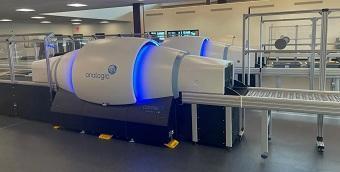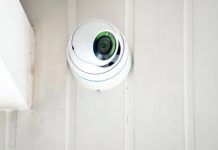To coincide with the opening of the new airport terminal at Missoula International Airport (MSO), the Transportation Security Administration (TSA) has completed certification on a fully automated Checked Baggage Inspection System (CBIS) to screen the checked luggage of departing travelers. The installation of the new system coincides with the completion of a new security checkpoint, which is scheduled to open to passengers shortly.
“We are grateful to our partners at MSO for their investment in a new airport terminal that placed a priority on ensuring TSA had the space to operate as efficiently and effectively as possible as we carry out our security mission,” said TSA Federal Security Director for Montana Kristen Simonds. “We look forward to continuing this partnership as we together serve the air transportation needs of Missoula and the surrounding communities.”
The CBIS features a network of conveyor belts that sorts and tracks travelers’ checked luggage, moving it seamlessly from the airline ticket counter, through the security screening process and onto the area where the luggage is loaded onto the aircraft. By law, TSA is required to screen all checked luggage for explosives and other security threats that could be catastrophic on an aircraft.
The CBIS utilizes two Explosive Detection System (EDS) units that generate a 3-D X-ray image of the contents of each checked bag. Each EDS unit is capable of screening up to 550 bags per hour. The EDS is programmed to analyze the contents of a checked bag to determine if it is cleared for travel or needs further inspection. TSA has an established process in place to screen any bag flagged by the EDS unit and resolve any potential security threats. Travelers will be screened through a new security checkpoint that features higher ceilings and more space. There will be a dedicated TSA PreCheck lane to screen travelers eligible for expedited screening.
There are also three computed tomography (CT) scanners to screen carry-on luggage. CT units apply a sophisticated algorithm as they generate a 3-D image of the contents of the bag. A TSA officer can manipulate the 3-D X-ray image on-screen to allow for a better view of the bag’s contents, ultimately reducing the number of bag checks that are required. In addition, travelers can leave everything in their carry-on bag, including electronics and travel-sized liquids, when screened through a CT scanner.
The checkpoint also features a body scanner and walk-through metal detectors for the screening of travelers as well as travel document checking areas and multiple bag search stations.








